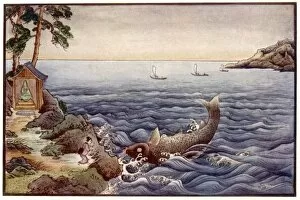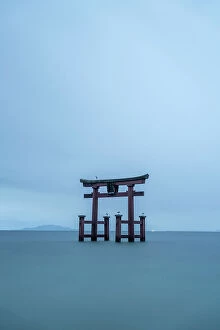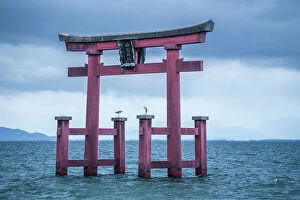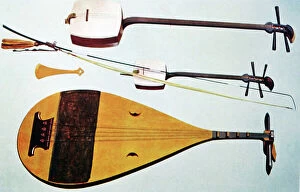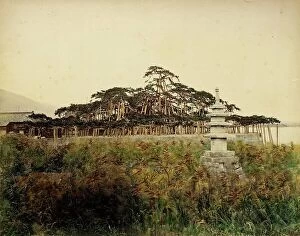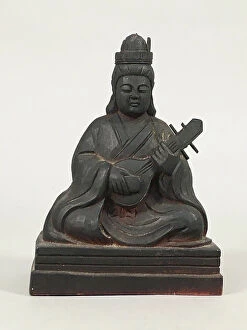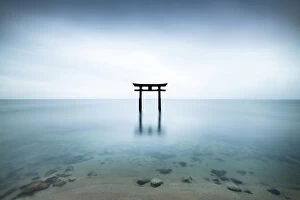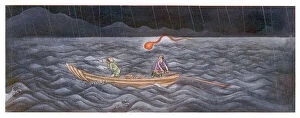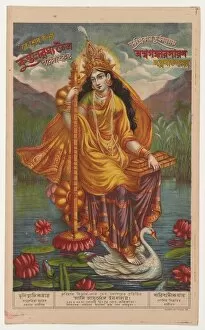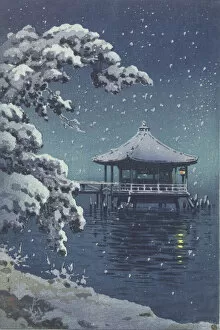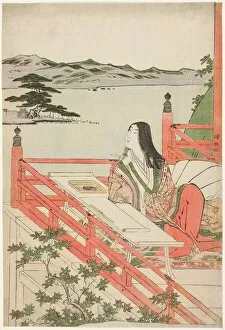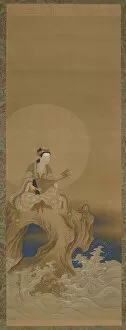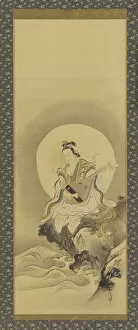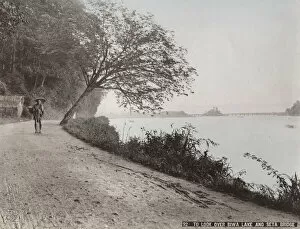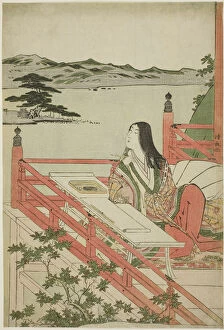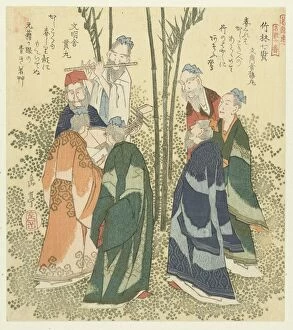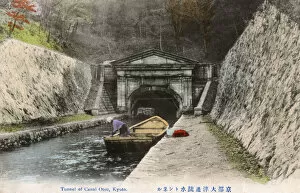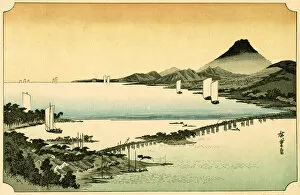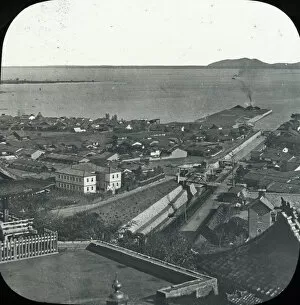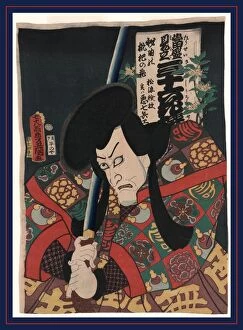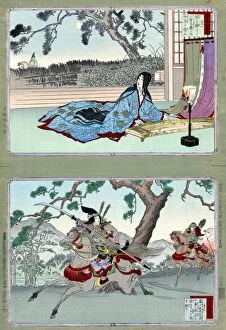Biwa Collection
"Biwa: The Enchanting Symbol of Japanese Culture and Art" The biwa, also known as the Japanese Giant Carp
For sale as Licensed Images
Choose your image, Select your licence and Download the media
"Biwa: The Enchanting Symbol of Japanese Culture and Art" The biwa, also known as the Japanese Giant Carp, is a captivating creature that holds great significance in Japanese culture. With its vibrant scales shimmering like a Japanese fireball, it has become an iconic symbol of beauty and strength. Just as the majestic Torii Gate stands tall at the entrance to sacred spaces, the biwa reigns supreme in Lake Biwa, located in Takashima, Shiga prefecture. This serene lake serves as a tranquil home for these magnificent creatures. Throughout history, artists have been inspired by the allure of the biwa. In Sarasvati's masterpiece from 1878/80, we witness their talent come alive through intricate strokes depicting this mesmerizing fish. Similarly, Tanomura Shosai's "Plums and Biwa" painting from the 1860s showcases how nature intertwines with artistry. In traditional music scenes during Japan's Edo period (1615-1868), one can often find two ladies engaged in harmonious melodies. One gracefully strums on a biwa - a traditional Japanese lute - while her companion skillfully plays the koto instrument. Their synchronized rhythms create an enchanting atmosphere reminiscent of Benten on a rock by the sea. Speaking of Benten or Sarasvati – she is often depicted seated on rocks near bodies of water playing her beloved biwa. Artists such as Kano Yoboku Tsunenobu captured her divine presence during Japan's Edo period (mid 17th-early 18th century). A goddess herself holding this cherished instrument further emphasizes its cultural significance. Even beyond art and mythology, daily life around Biwako Canal near Kyoto reflects how deeply ingrained this symbol is within society. As boats gently glide across its calm waters under cherry blossom trees' watchful eyes – they pay homage to both nature's beauty and the biwa's timeless allure.

